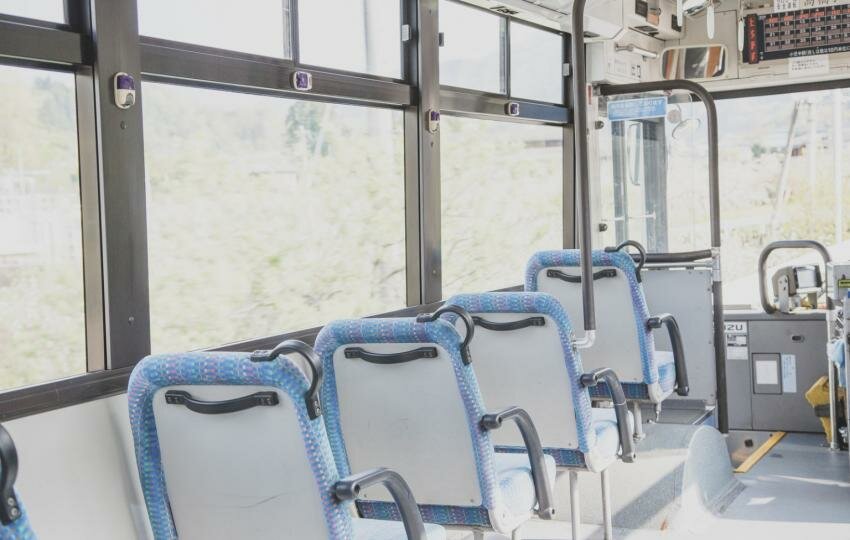- Home
- News Details
Self-driving buses being tested across Japan enable you to pay together with your face
09 Sep 2020 10:49 AM

Image collected
Being cautious is obviously wise, but we really seem to be to be dragging our collective heels when it comes to self-driving vehicles. Considering in Japan reports of cars barreling straight into storefronts seem to occur frequently, it’s hard to imagine a good flawed autonomous driving system doing much worse that humanity all together has been.
But steps are being made, and an interesting development has emerge from Maebashi City in Gunma Prefecture. More sparsely populated mid-sized cities such as this rely much more on vehicular transport, rendering it a great testing grounds for a fresh self-driving bus produced by a council of public transport companies, along with telecom giant NTT Docomo and Gunma University.
Like any autonomous vehicle, the buses are kitted out with sensors to monitor surrounding traffic and signage and EW also synced with traffic information and geographic information systems through a 5G connection. Testing on a route with Maebashi Station and Chuo Maebashi Station is likely to begin this December.
Meanwhile, the Ministry of Economy, Trade, and Industry is holding a cross-country testing tour of self-driving buses, along with various regional bus companies. The Hyogo Prefecture leg has just wrapped up in Mita City, when a six-kilometer route had been run completely with out a human driver for approximately a month between late July and late August.
Well, it was almost completely without a human. A minor software glitch required a human to take over for approximately four days of the trial run. Nevertheless, of the 1,306 passengers who rode the route, half said it was equally as good as a human-driven bus when it found accelerating and turning smoothly, and a further third said it had been even better.
However, when it found stopping, over half of the passengers described it as “bad” and only 25 % called it as effective as a human. So while performance was a mixed bag, most walked away impressed overall.
But possibly the most appealing feature on both Maebashi and Mita buses is their “face pass” (kao pass) system where passengers have their face scanned and registered beforehand in order that their account gets charged automatically once their face is detected boarding a bus.
This can make the technology better to use for seniors who aren’t more comfortable with other varieties of electronic payment, given that they wouldn’t need to lift a finger. As for ordinary people, this also means a finish to standing in line to get off the bus while someone fumbles around for specific change.
Although COVID-19 has resulted in small changes in scheduling, these test runs remain pushing ahead and the response has been big, with 90 percent of riders on the Kobe test simply there to check on it out instead of actually getting from point A to point B. This might suggest that the truth of self-driving buses are most likely not too far away.
Tags
Previous Story
Latest News
Featured Businesses
-
 Bizbangladesh Website
Bizbangladesh Website -
 Texvista Website
Texvista Website -
 Discoverybangladesh Website
Discoverybangladesh Website -
 Pitpa Website
Pitpa Website -
 Ifjodi Website
Ifjodi Website -
 Formaljobs Website
Formaljobs Website











